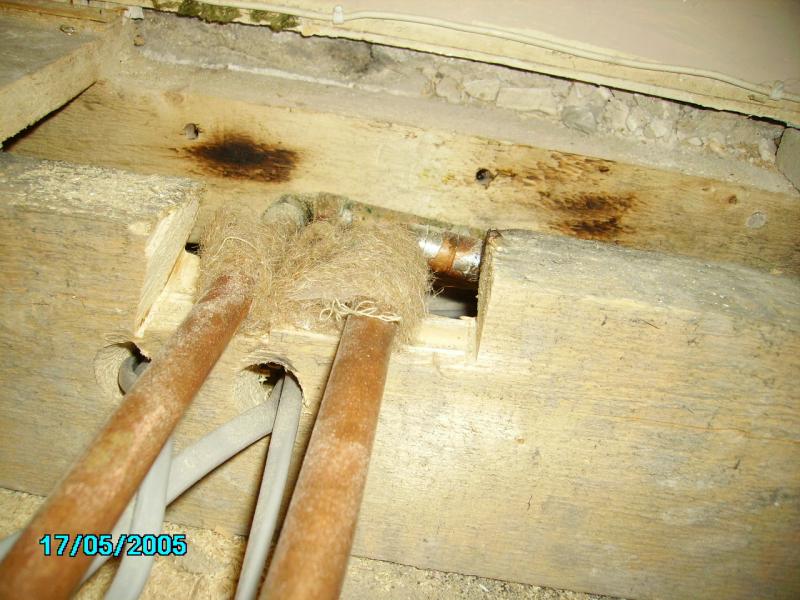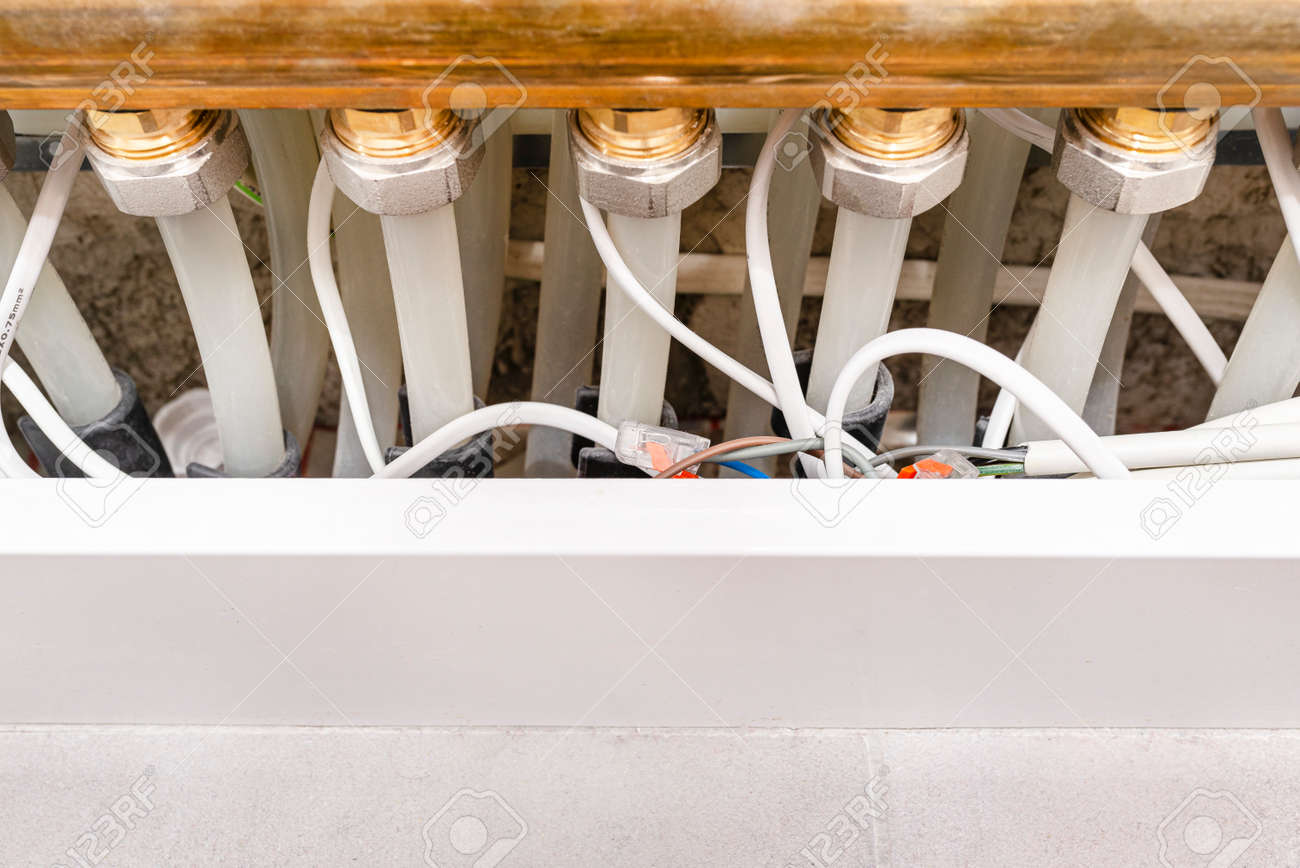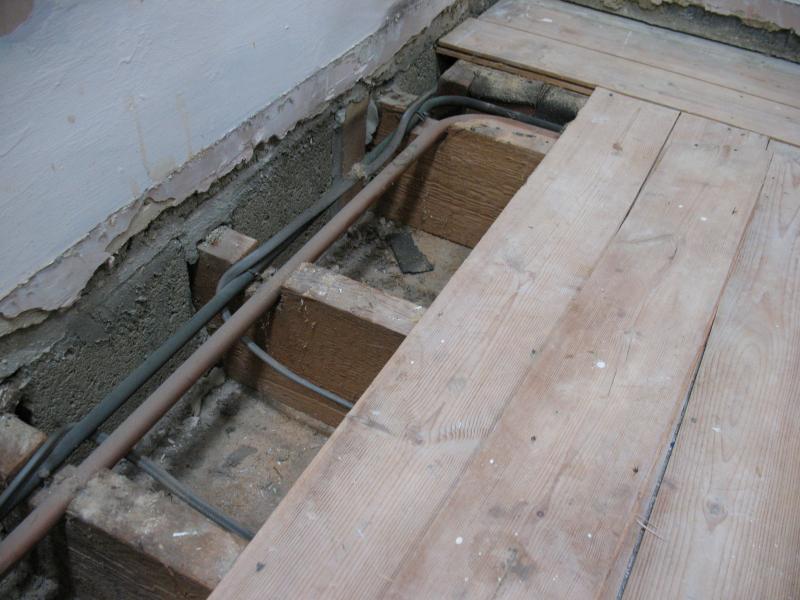The floor temperature is dependent on finish, can't remember what finish is what off hand. With inhibitor in the water legionnaires should not be a problem, and yes with the under floor heating at mothers house it was not warm enough to maintain the temperature on its own and we used a towel rail as well.
I know the idea is with under floor heating the heat pump does not have to work as hard so is more economical to run, however this means you can't also heat domestic hot water at the same time, with solar panels maybe no need for DHW from heat pump?
One has to look at the home as a whole, one can't look at it in isolation. Much depends on heat loss and life style, either heat loss needs to be very low, also of course heat gain, sun through the windows added to a floor still warm can mean a very hot room, as the reaction time of under floor heating is very slow.
So we have two extremes, the fan assisted radiators is very fast reheating a room, so the room can be allowed to cool when not in use, and it can pump out a lot of heat with a small unit, and the unit can be used both to heat and cool, however it needs powering all day, there is no heat storage. The under floor heating is slow to recover, if left to cool down, so does not lend itself to geofencing, But the home retains the heat, so one may be able to set it higher over night so use off peak power.
Personally when I go to bed I want it cool, so under floor heating would not suit me, but can see how it would work well in an old peoples home. The problem with the heat pump is the low output, with my old homes we could turn off heating during the day when not at home, and only heat in the evening, this house like with heat pumps, the boiler is too small to reheat, so it runs all day.
The biggest problem with UFH is lack of records and evidence to show insulation fitted under the heating, before buying this house we viewed a lot of houses, and those with under floor heating had no paperwork or photos to show what was under the floor, so were immediately rejected. In some ways I felt sorry for the sellers as they seemed to think UFH was a selling point, where in fact it was the reverse.
We refer to heating and ventilation engineers, and engineer to my mind at least means educated over level 3, so some higher education HNC, HND, Degree etc. In other words it is a complex subject. Likely looking at heat recovery units as part of the system, it is not a DIY subject.
It is also very expensive as a retro fit, and at my age 73 I would not consider fitting it. I have seen some really great systems, integrating solar, solid fuel and LPG with massive water storage tanks etc. But these were in new builds, not retro fit.




